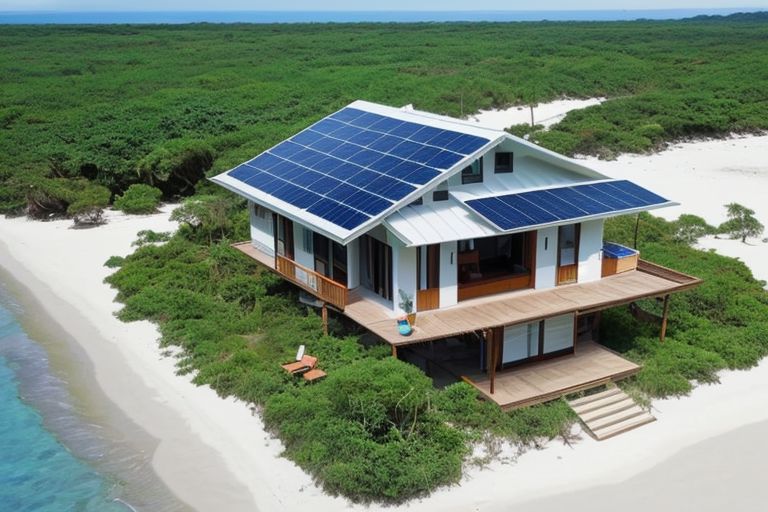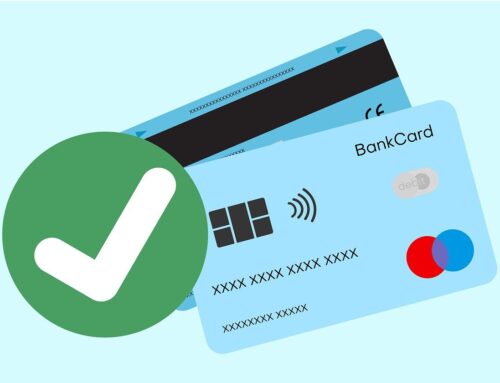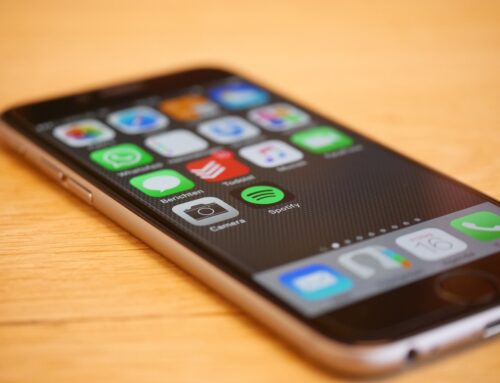
Starlink Beams Down High-Speed Internet to the Philippines
Elon Musk’s Starlink has officially launched in the Philippines, promising fast, reliable internet even in places where coverage used to be a dream. For many Filipinos, especially in rural areas, this sounds like a breakthrough. But is it the best option for everyone, or just a pricey alternative?
Let’s break it down and see what Starlink internet in the Philippines really offers.
Is Starlink Better Than Fiber or LTE?
If you’re already enjoying fiber internet or a strong LTE signal, you might wonder if Starlink is even necessary. For some people, the answer is no — but not for everyone.
Fiber and LTE Work Great… When You Have Them
If your home has access to fiber, that’s still your best bet. It offers the fastest speeds and most stable connection for things like video calls, gaming, and streaming.
But What If You Need More Reliability?
Even if you have LTE, it can still drop during storms or peak hours. That’s when Starlink becomes useful. It offers a solid alternative when your current setup just doesn’t cut it.
Where Starlink Really Shines: Remote Locations
The real magic of Starlink internet in the Philippines is its reach. In areas where fiber and LTE don’t exist, Starlink opens a whole new world.
A Big Win for the Provinces
In remote barangays and island communities, people have dealt with slow or no internet for years. With Starlink, they finally have access to high-speed service. That means more job opportunities, easier access to education, and better communication with the rest of the country.
More Than Just Speed — It’s Opportunity
From online classes to remote work, a reliable connection can change lives. Starlink helps bridge that digital gap.
How Fast Is Starlink in the Philippines?
Speed is one of the biggest selling points, and Starlink does deliver — mostly.
Blazing Download Speeds
Most users see download speeds over 100 Mbps, with some reaching up to 220 Mbps. That’s fast enough for HD streaming, large downloads, and smooth browsing.
Upload Speeds Are Lower
Upload speeds range from 5 to 20 Mbps. That’s good enough for emails and basic use, but it might be limiting for heavy video conferencing or content uploads.
What About Lag and Latency?
Latency matters — especially if you play online games or join live video calls.
In Good Areas: Latency ranges between 25 to 60 milliseconds, which is similar to cable internet.
In Remote Areas: It can go over 100 milliseconds, which might create slight delays during real-time activities.
So, if gaming is a priority, and you live far from major cities, it might not be as smooth as you’d like.
How Much Does Starlink Really Cost?
Let’s talk numbers. Starlink brings impressive tech — but it’s not cheap.
Startup Cost
The equipment will set you back around ₱18,500. That’s just to get started.
Monthly Subscription
The monthly fee is ₱2,700, which is more than many fiber or LTE plans.
Worth It for Everyone?
If you live in a city with fast fiber, probably not. But if your only option has been slow 3G or outdated DSL, Starlink might be a game-changer.
Should You Get Starlink or Not?
It all depends on what you need — and where you live.
Starlink Makes Sense If:
You live in a remote area with no reliable internet
-
You work or study online and need a strong connection
-
You’re okay with the higher monthly cost for better speed
Starlink Might Not Be Right If:
-
You already have stable fiber or fast LTE
-
You don’t rely heavily on internet for work or school
-
You’re looking for the cheapest possible plan
Starlink Could Be the Right Fit — If You Need It
Starlink internet in the Philippines brings new possibilities, especially for areas that have been left behind by traditional providers. It’s not the cheapest, but for many, it’s the first time fast internet is even an option.
If your work, schooling, or lifestyle depends on a reliable connection — and your area doesn’t have it — Starlink might be the solution you’ve been waiting for.

















